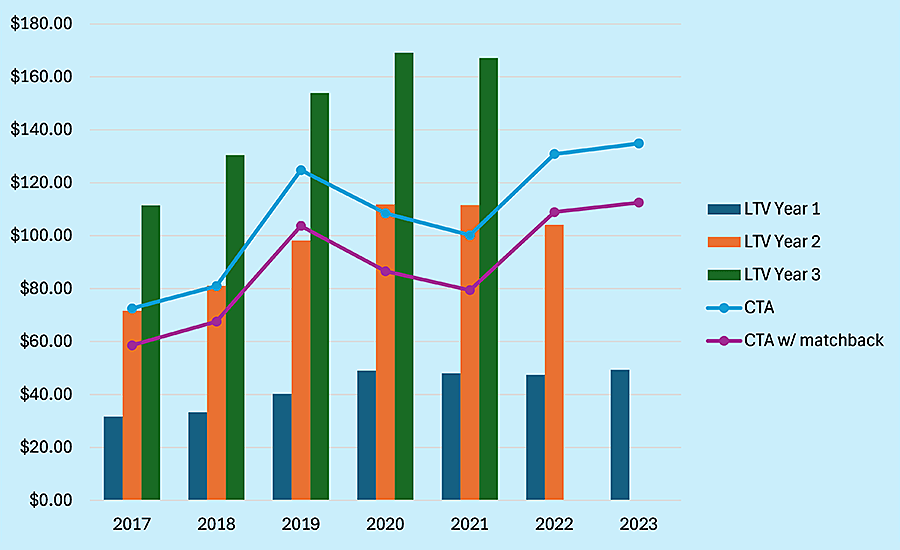Finding Your Match Online:
How Matching Online Gifts Changes the Donor Acquisition Equation
The task of acquiring new donors does not end once the mail date passes. New donors who give online can be traced back to that acquisition mailing, providing additional donors and revenue that add to the profitability of the mail effort. Often known as simply “matchback”, matching new donors can also include other sources such as white mail, but is more commonly applied to donors acquired through an online source.
‘Matchbacks’ have been part of the direct marketing toolkit for many years. Catalog retailers matched the names and addresses of their phone and online orders back to their mailing list to see if the purchaser was a recipient. This helped justify the cost of mailing catalogs as cost-cutting retailers were shifting their marketing budgets toward online programs.
Performing an effective ‘matchback’ requires clean data from both the mailer and the transaction database. Names and addresses must be complete and accurate, with no stray characters or extra spaces, and files should be checked for duplicate records.
3 steps for an effective online donor ‘matchback’
- Create your ‘matchback’ algorithm. A combination of donor name and address will be needed to match the acquisition names to the donors. These are new donors and cannot be matched through a unique donor ID, like house file names.
- Choose your ‘matchback’ attribution time window. The time window for qualifying ‘matchback’ gifts from new donors made between two distinct dates, should be based on the estimated time it takes for a prospect to receive a mail piece and the approximate spacing between acquisition mailings.
- Once the algorithm collects all the new donor gifts within the time window, the gifts are matched back to the acquisition mail file. The new gifts are mostly from the online channel, both email and website, but gifts from sources like white mail and donor services can also be counted.
‘Matchback’ gifts and revenue are then added back to the corresponding acquisition campaign. When recalculating these gifts and revenue, it is important to include metrics like, ‘cost to acquire’, and ‘cost to raise a dollar’.
We have seen a ‘matchback’ program add about 20% to acquisition revenue over 12 months (approximately 7 campaigns). The long-term value (LTV) bars show the value of an acquired donor at the end of their first, second, and third year. The lines illustrate the cost to acquire a donor, with a ‘matchback’ program and without. By using said program as part of the equation, the organization has a greater chance of breaking even on their acquisition investment by the third year.
The multi-year chart below shows an example of an organization using a ‘matchback’ program to improve the cost to acquire a donor.
A robust ‘matchback’ program can bring benefits to your organization
- It can help justify the cost of acquisition by showing that the impact of acquisition is not just responses through the mail but introducing your organization to donors who choose to give through other channels.
- You can evaluate your list performance. A list may not generate many gifts through the mail, but if it proves successful in generating ‘matchback’ gifts from other sources, it is likely worth mailing again.
- Plus, it can help justify expenses needed to improve the organization’s web interface. A successful ‘matchback’ program relies on a website where the donation feature is prominent and efficient.
As acquiring donors through the mail becomes more expensive post-pandemic, organizations would be wise to invest in online resources to ensure that potential donors have an optimal online experience. IDM’s extensive relationships within the industry provide unparalleled insights and opportunities, ensuring that your campaigns are not only effective but also efficient. By partnering with IDM, you gain access to a wealth of knowledge and resources that can significantly enhance your donor acquisition efforts.


